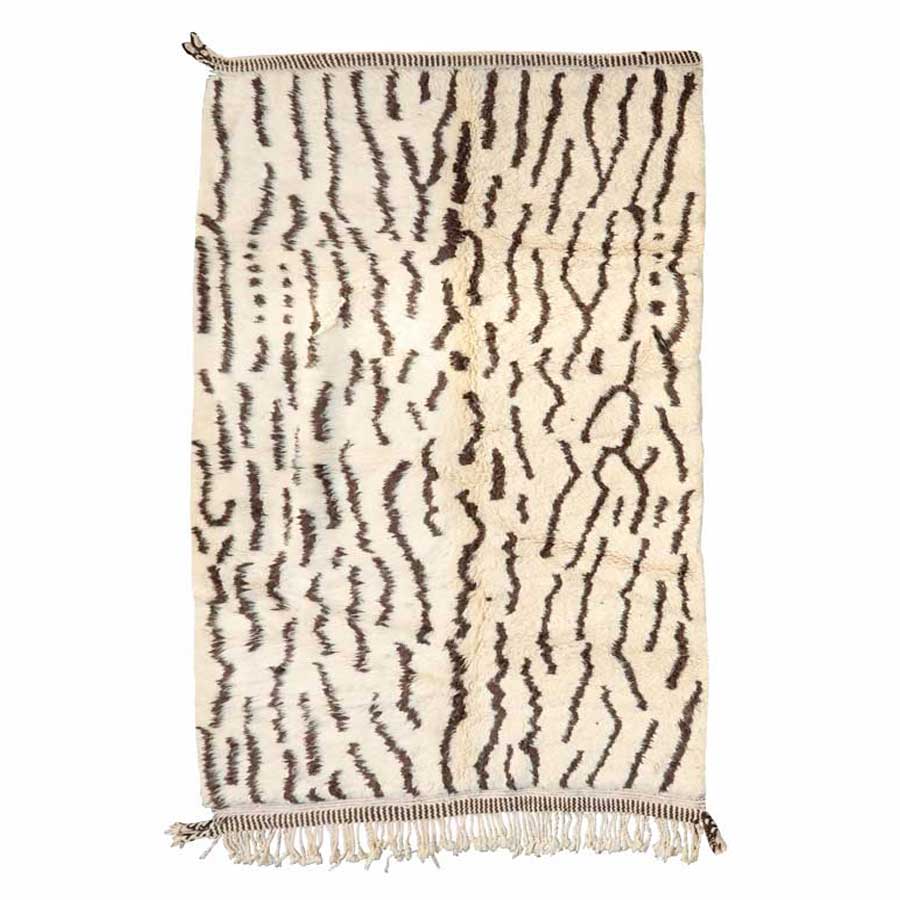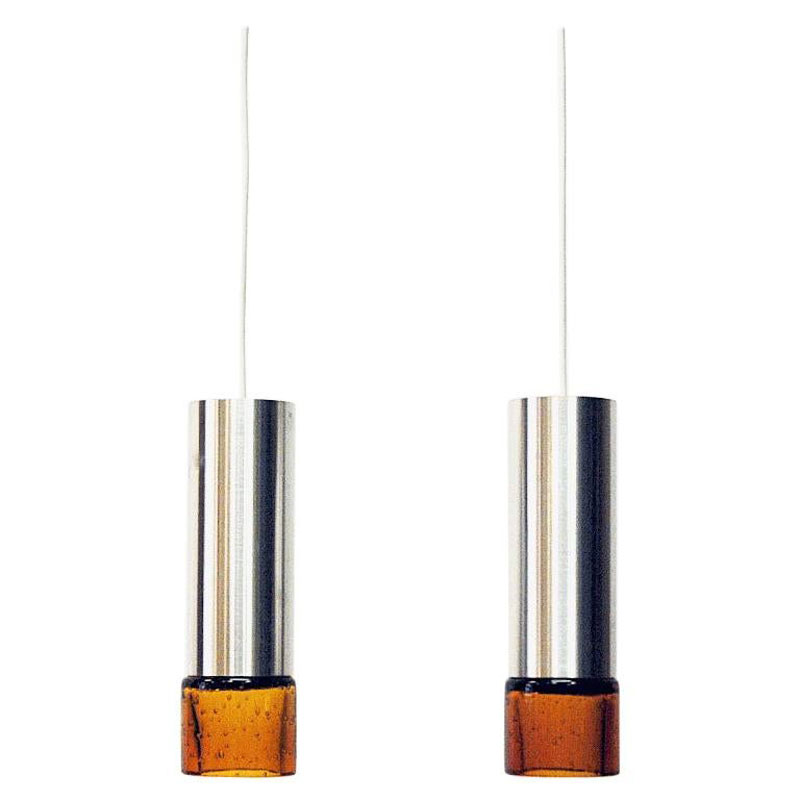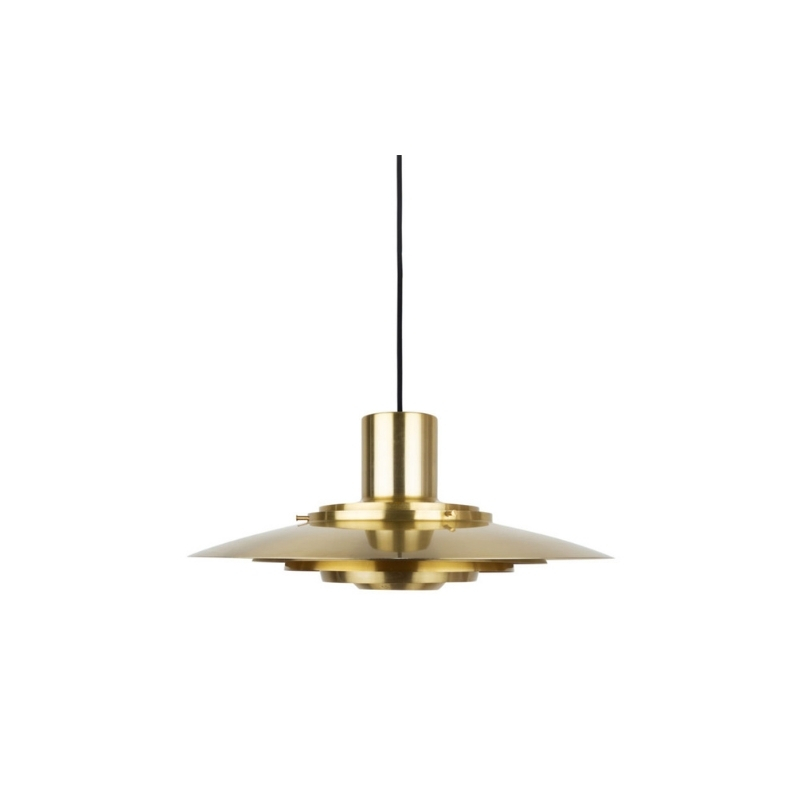Hello all,
I have attached a photo of the exact type of eames chair we have - Zenith Rope Edge. It had a crack 2-3 inches long and was more like a canyon - you could see straight through it.
(widest point 1/8 inch).
Everywhere I read it was "mission impossible" because even if you could fix it - you would see the finish patch and also matching the color of the resin was near impossible.
The boat yard said "Forget about it - if your not going to paint it, and you don't want a patch showing, then just forget about it and live with the crack."
But it can be done.
I will simplify it.
The resins you get won't match - the chair attached is near clear - but you WILL notice it if it is a tone off scale, the same color years later will not match due to aging.
What I did was attack the problem as follows:
1. I will need to recreate the section missing (2 inches by 1/8 inch)
2. I will need an exact color match or I should not bother.
All the resins I tried had a problem - all cured to a yellowish finish or clear - far from the green/brown/beige needed - factory colors were no good because the chair was 50 years old.
So what I did was set up 10 cups and placed 1/2 Tablespoon of resin in each. I then took gray deck stain (yes, you heard right) and figured yellow/orange resin tint plus gray should equal a near match and proceeded:
In the first cup I put one drop of the stain, the next cup 2, the next cup 3 etc up to 10 drops for the tenth cup.
I thoroughly (very thoroughly) mixed it in, then I added to each cup the correct amount of hardener. 2 hours later I had a tone scale for the color created which was a dirty brown/green/beige.
And bloody bingo a perfect match - not a darn shade off! I also tried coffee mixtures, wood stains and polyurethane mixes all to no avail FYI.
The next step was to grab fiberglass and pull it apart until I had threads. Then I chopped it into bits ranging from 1/32 of an inch up to 2 inches long.
Then I taped the bottom of the crack with wax paper. From the top I now added fibers and stuffed them into the crack knowing that only the fibers near the top will actually end up showing.
Then I mixed fresh resin - turned out 6 drops of gray deck stain per tablespoon worked perfectly. Then added hardener.
Then I poured it into the crevice. Following this I spattered resin around the "wound" about 1/4 inch each side and then proceeded to drop on top all the cuttings. Using pins I moved fibers around in random orders until they lined up with already present fibers.
Allow to cure, then sand down with 300-1500 sandpaper, then add another tiny layer of resin and fibers if needed.
Finally, finish off with a buffing and finally penetrol.
We can not even see where there was a crack.
It can be done - don't write off a crack too easily - yes it is a few hours of intense concentration - but is your lovely Eames not worth the attention?
http://www.flickr.com/photos/matteart/4120408737/#/photos/matteart/4120408737/lightbox/
Wow. Good for you.
Sounds like your methodical approach resulted in satisfactory results. I'd love to see photos before/after and during.
A couple of things, though. Cured epoxy resins tend to darken over time with UV exposure. I'd also worry about the structural integrity of the repair, since the strength lies in the glass fibers and not the resin. I'd have been tempted to put at least a couple of layers of biaxial s-glass on the underside to provide some strength if I were planning to use the chair.
pics
Thank you for the compliment.
The pic I provided at the start of the thread was for the type of chair and not actually our chair. Before going to Kentucky, we had pics of the crack in the the picture you can see it pushed together. I have now posted it.
I now have a pic of it after taken with my iphone as we left our camera in Kentucky. We're getting it back in 3 days and I will take super close ups - but you can see in the iphone pic that the crack is now gone. I hate the iphone quality - especially at night, but I wanted to post something before anyone else thinks the first pic in the thread was the actual finished chair.
🙂
Any issues with the lack of a...
Any issues with the lack of a clear coat? I've fooled around with some seriously abused shells and found that if you sand down through the clear coat, the fibers start to come loose and the chair makes you itchy...even after going over it with penetrol. Penetrol isn't a clear coat...it just restores the color from the resin.
I agree
I agree with what you are saying.
I removed the clear coat to do the repair properly - also it had worn away anyways on the seat where people had been sitting on it.
We have other chairs and will wait to get the gel coat done. in the meantime I have removed the penetrol - we like the exposed fiberglass appearance, it looks good!
Here is a proper pic of the repair.
If you need any help, please contact us at – info@designaddict.com









